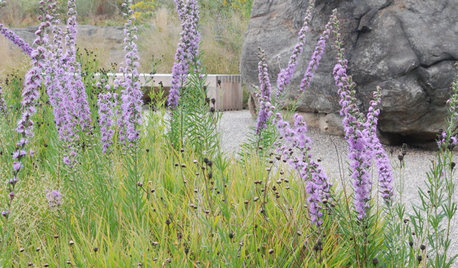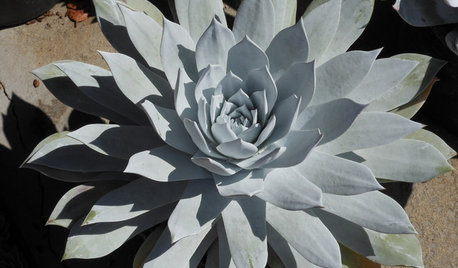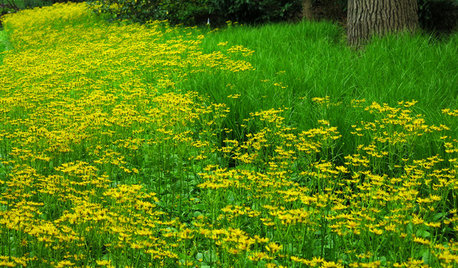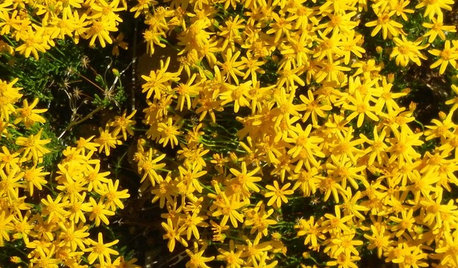Native plant potting fiasco
drtdgr
12 years ago
Related Stories

GARDENING GUIDES15 Native Flowers That Feed Native Bees
These perennials offer superfood to hundreds of bees and are gorgeous in their own right
Full Story
GARDENING FOR BUTTERFLIES3 Ways Native Plants Make Gardening So Much Better
You probably know about the lower maintenance. But native plants' other benefits go far beyond a little less watering and weeding
Full Story
INSPIRING GARDENSNative Plants Inspire and Educate at NYC's Botanical Garden
Stroll through the new Native Plant Garden with us to get great ideas for plant choices and sustainability
Full Story
INSPIRING GARDENSNative Plants Bring 10 Southern California Front-Yard Gardens to Life
Rare plants, rain gardens and wildlife habitats are just a few of the features showcased on the 2016 Theodore Payne Native Plant Garden Tour
Full Story
GARDENING GUIDESHow to Find the Right Native Plants for Your Yard
Find plant maps, sale sites and guides that make going native in the garden easier than ever
Full Story
GARDENING GUIDESWe Bust 4 More Native Plant Myths
Have you been taken in by these fallacies about gardening with native plants?
Full Story
GARDENING GUIDESGreat Design Plant: Dudleya, a Dramatic California Native
Set up this succulent in native conditions and see just how little care it needs to thrive in the landscape
Full Story
FALL GARDENING5 Native Early-Spring Bloomers to Plant This Fall
Think beyond tulips and daffodils this year with plants that you and native pollinators will love
Full Story
GARDENING GUIDES10 Deer-Resistant Native Flowers to Plant This Fall
Learn about natives that embrace some kinds of wildlife but resist grazing deer
Full Story
GARDENING GUIDESGreat Native Plant: Damianita
Enjoy its masses of golden flowers as an easy-care ground cover or appreciate the aroma of this desert native's leaves
Full StoryMore Discussions









eightzoner
lilydude
Related Professionals
Oconomowoc Landscape Architects & Landscape Designers · Zion Landscape Architects & Landscape Designers · Arlington Landscape Contractors · Norwood Landscape Contractors · Salem Landscape Contractors · Concord Landscape Contractors · Allentown Landscape Contractors · Bellefontaine Neighbors Landscape Contractors · Muttontown Landscape Contractors · Madison Fence Contractors · Bixby Fence Contractors · Chicago Fence Contractors · Columbia Fence Contractors · Thousand Oaks Fence Contractors · Washington Fence ContractorsEmbothrium
botann
Embothrium
drtdgrOriginal Author
gardengal48 (PNW Z8/9)
botann
drtdgrOriginal Author
grrrnthumb
drtdgrOriginal Author
Embothrium
reg_pnw7
drtdgrOriginal Author